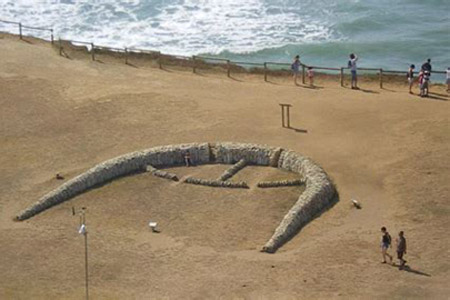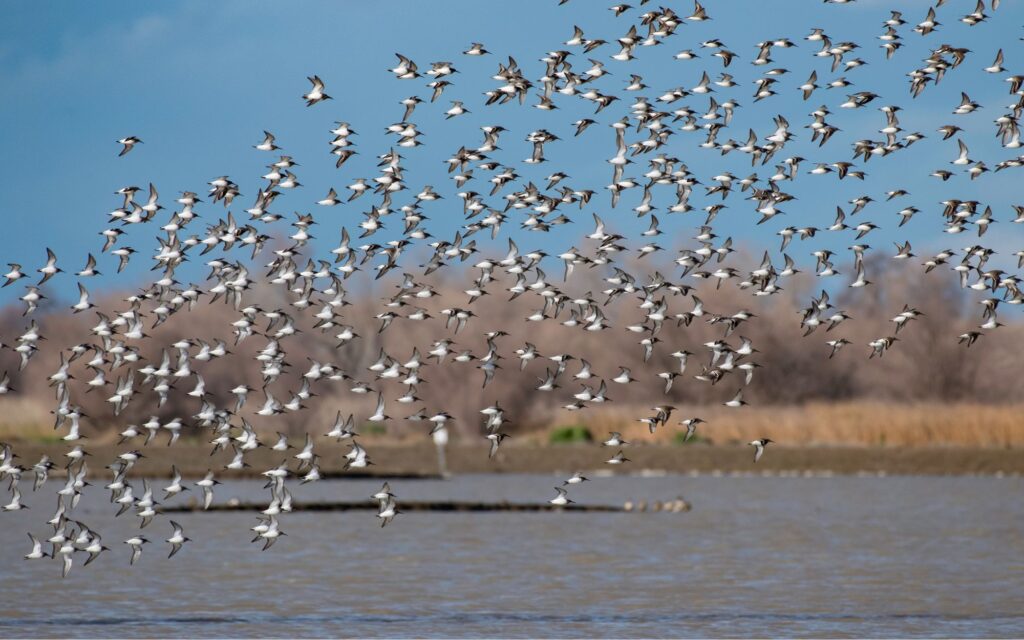The Ile d’Oléron fish locks
As fragile as they are robust, fish locks were built in the Middle Ages. How many locks are in use today? What is their interest and history? Your 4-star St-Tro’ Park campsite in Saint-Trojan-les-Bains tells you…

Fish locks: a remarkable heritage
Present in smaller numbers on the islands of Ré and Noirmoutier, fish locks have existed on the island of Oleron since at least the Middle Ages! In the 1870s, there were still more than 230 of these thousand-year-old locks. Built on the rocky foreshore, they are covered by the tide. Their primary role is to capture fish, sediment and crustaceans that become trapped as the sea ebbs. But that’s not all! They also act as breakwaters, mitigating marine erosion on cliffs and beaches. It’s also a vast expanse of biodiversity. Their rounded, horseshoe-like shape is the result of a precise assembly of coastal stones stacked to resist the sea currents.
Fish locks: a fragile construction
Emblematic of the island’s northern coastline, from the Chassiron lighthouse at La Brée-les-Bains to Dolus-d’Oléron, some fifteen locks are still in operation. Operated by six or seven owners, the locks are governed by strict principles. These fishermen share the concession to the maritime domain on fishing days. They are also responsible for maintenance.
Regulations governing fish locks
Generally speaking, recreational fishing is strictly regulated in marine concession areas (fish locks, oyster beds, etc.). It is forbidden inside, on the entire surface of the lock and on the walls. It is forbidden less than 25 meters outside the walls. Netting is forbidden within 50 metres of the outside walls. Of course, any damage is forbidden, on pain of prosecution. To keep this unique European heritage alive, please respect the locks and do not move the stones…
Photo: Reproduction of a fish lock at Chassiron (Credit: Oléron.fr)
Did you like this article? Share it!


